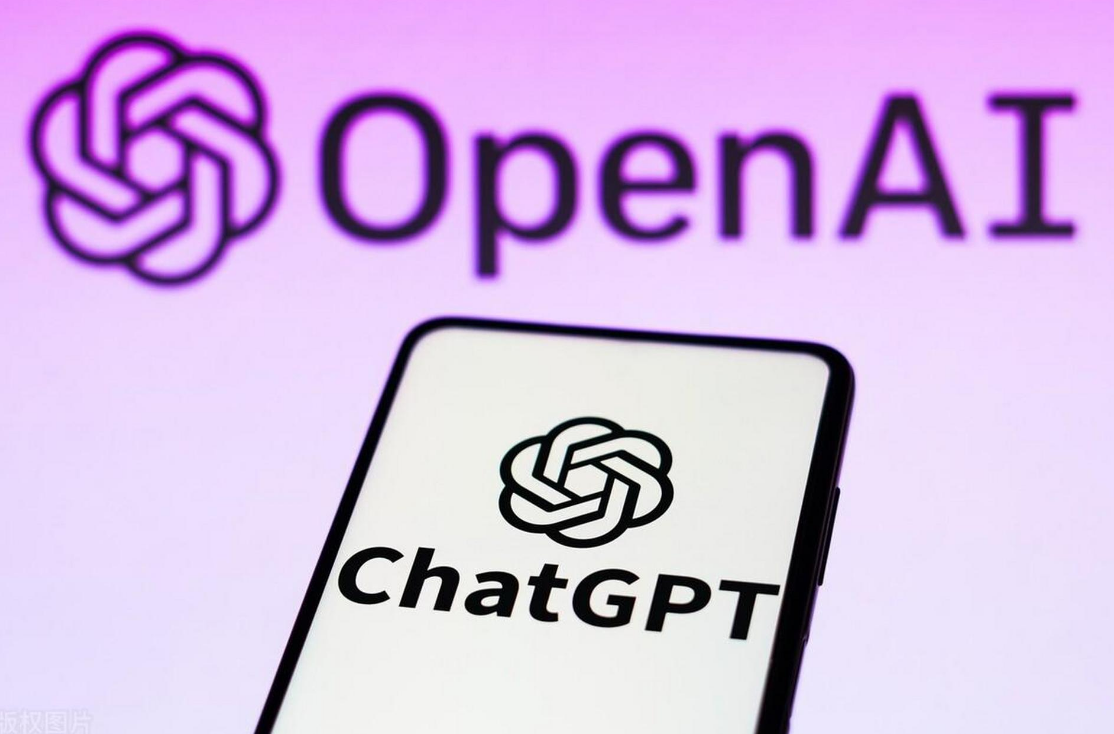Evaluating Efficiency and Consistency When it comes to the raw efficiency of cleaning large spaces, janitorial AI often surpasses human cleaners. These robots are designed to work tirelessly and can cover extensive areas without breaks. For example, a typical janitorial robot can clean up to 50,000 square feet per battery charge, whereas a human might effectively clean 3,000-4,000 square feet in the same timeframe. The AI’s methodical approach ensures every inch of the area receives consistent cleaning, reducing the likelihood of missed spots.
Accuracy and Adaptability Janitorial AI utilizes advanced sensors and programming to detect dirt and debris that might be invisible to the human eye. These robots can adjust their cleaning intensity based on the level of dirtiness, ensuring that more attention is given to dirtier areas. Additionally, they are less likely to be influenced by subjective factors such as mood or fatigue, which can affect human performance.
Handling Complex Tasks While robots excel at repetitive and wide-scale cleaning tasks, they currently lack the nuanced judgment required for more detailed or delicate cleaning tasks. Human cleaners can leverage their experience and situational awareness to handle complex situations, such as cleaning valuable or fragile items and responding to specific cleanliness standards set by facility owners. Humans also excel in areas requiring interpersonal communication, such as adapting to client preferences on the fly.
Cost-Effectiveness From a financial perspective, janitorial AIs represent a significant upfront investment but offer long-term savings on labor costs. Maintenance of these machines, however, can also be costly and requires skilled technicians. Conversely, human cleaners provide flexibility and require lower initial financial outlay, but they involve ongoing labor costs and potential inefficiencies.
Reliability and Maintenance Robots are generally reliable in performing scheduled tasks but can encounter issues that require immediate human intervention. Regular software updates and maintenance are necessary to keep them operating optimally. Humans, on the other hand, can quickly adapt to unexpected changes in their environment and require no downtime for software updates.
Learn More About Janitorial AI For a deeper understanding of how janitorial AI is transforming the cleaning industry, visit janitor ai character. This platform offers insights into the capabilities and advancements of AI in janitorial services.
Balancing AI and Human Efforts The question of whether janitorial AI is better than human cleaners doesn’t have a one-size-fits-all answer. It largely depends on the specific requirements of the facility and the tasks at hand. For routine and extensive cleaning jobs, AI can provide unmatched efficiency and consistency. However, for tasks requiring detailed attention and adaptability, human cleaners continue to hold the advantage. The most effective cleaning strategies often involve a blend of both AI and human efforts, leveraging the strengths of each to achieve the best results.
